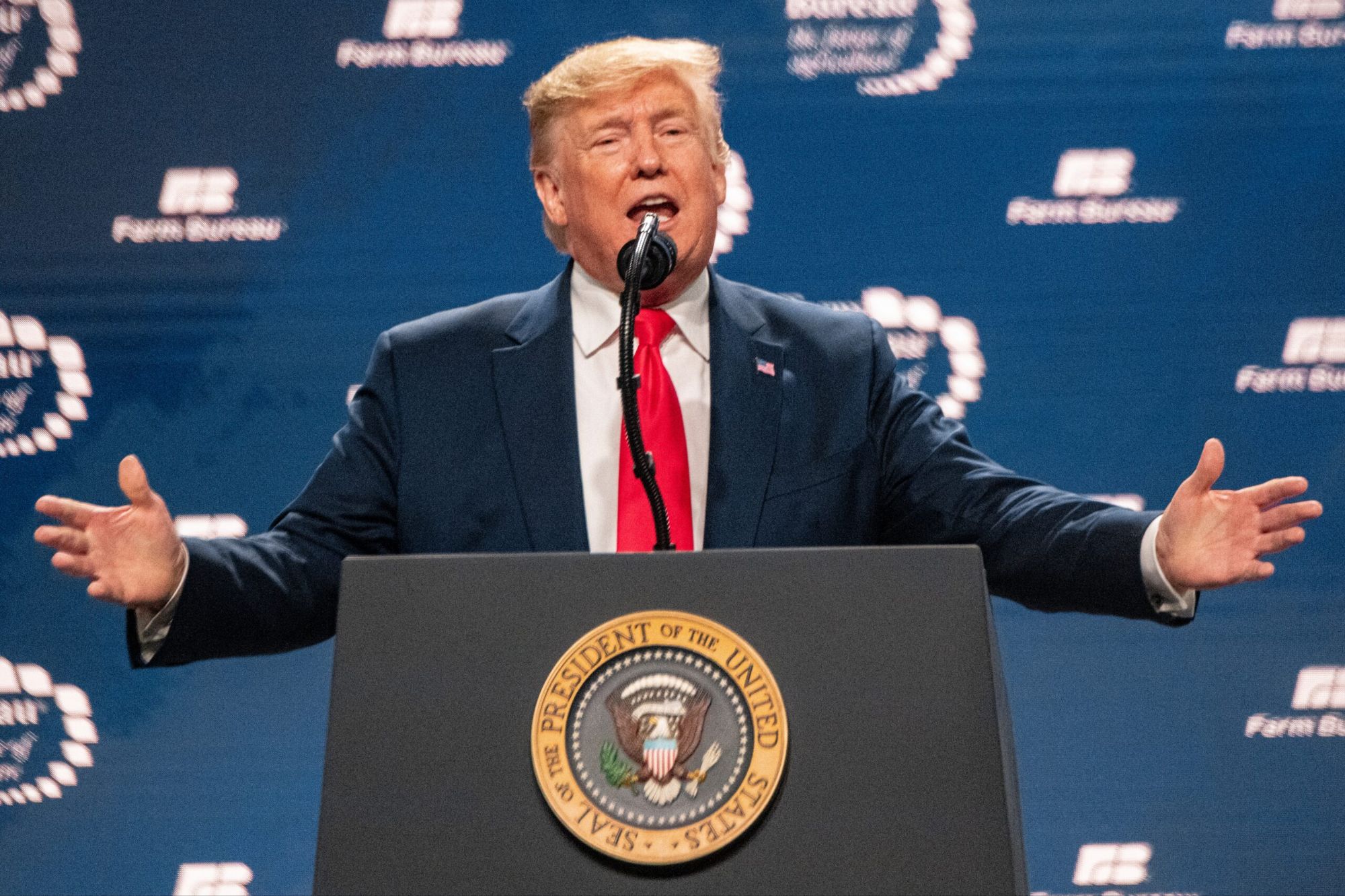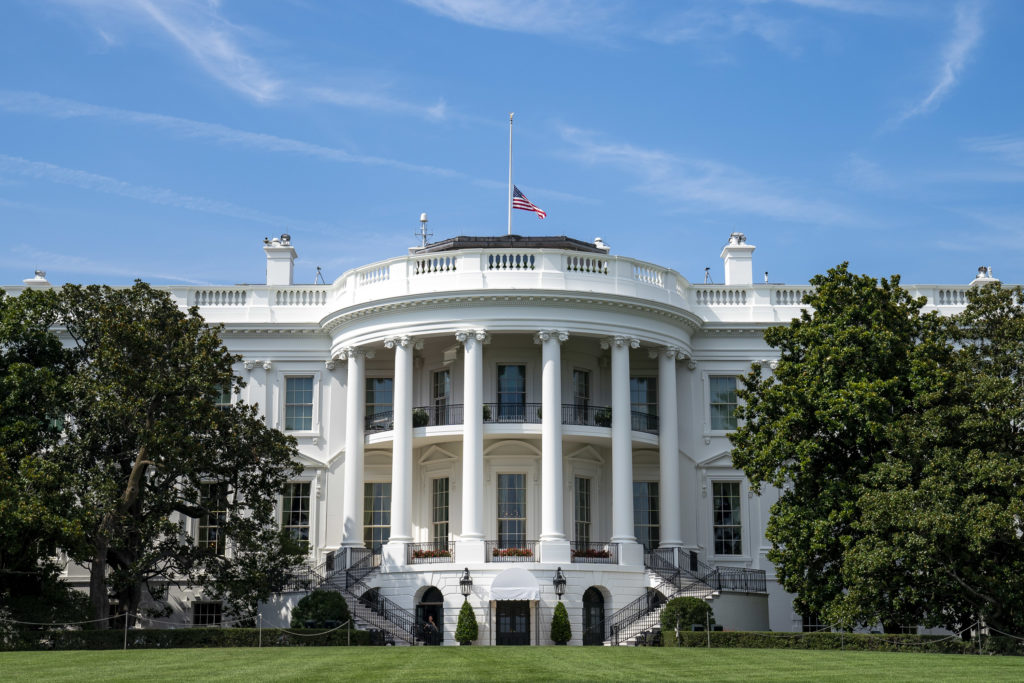As of April 2025, the U.S. economy is showing clear signs of distress. Recession forecasts have surged, market confidence is evaporating, and economic experts are once again invoking the specter of the Great Depression. It’s not hyperbole. With Donald Trump back in office and wielding economic policy like a cudgel, the threat of a prolonged, system-shaking collapse is no longer confined to history books.
At the heart of the crisis lies Trump’s erratic trade policy. His decision to reimpose massive tariffs on Chinese goods in March 2025—what he called “Liberation Day”—sent shockwaves through the global economy. The 125% tariff rate triggered immediate retaliation from China, disrupting U.S. exports and inflating consumer prices at home. The consequences were swift: manufacturing orders dried up, shipping costs surged, and farmers faced canceled contracts across Asia.
But this isn’t just about tariffs. It’s about governance. Trump’s return has ushered in a second wave of institutional chaos. The Federal Reserve is under pressure. Regulatory bodies are being defunded or stacked with loyalists. Political volatility has replaced predictability. Confidence in the American economic system—arguably its most important asset—is now in freefall.
The Smoot-Hawley Warning
The comparisons to the 1930s are not accidental. The Smoot-Hawley Tariff Act, passed in 1930, exacerbated the Great Depression by igniting a global trade war that slashed international commerce by over 60% within four years.
Trump’s current policy mirrors it not only in method but in timing: applying pressure during an already weakened global recovery. Historians have long warned that protectionist policies, when applied in a period of instability, can collapse fragile supply chains and trigger mass layoffs.
That pattern is already emerging. Auto manufacturers, reliant on both foreign parts and export markets, are scaling back production. And across the Midwest, crops are being left in silos with nowhere to go. American farmers, still reeling from the previous trade war, are now staring down another lost season with mounting debt.
Confidence Collapse
Markets depend on trust—between institutions, businesses, consumers, and the state. That trust is unraveling fast.
Trump’s hostility toward Federal Reserve Chair Jerome Powell, along with veiled threats to “restructure” the Fed unless it cuts rates, has spooked investors.
The White House’s floating of “emergency powers” to control price surges, and threats to punish states who resist federal directives, have deepened the sense of crisis. As capital flees to more stable economies and foreign governments explore alternatives to the U.S. dollar in international trade, the effects of this erosion in confidence could spiral.
A strong currency and reliable investment environment have long masked America’s other economic contradictions. Now, even that mask is slipping. Credit markets are tightening, and banks are raising lending standards as liquidity dries up.
The Unemployment Pressure Cooker
Officially, unemployment sits just below 5%. But those numbers lag.
If consumer confidence drops further and household spending retracts, service industries could be hit hard. And when service-sector jobs—retail, restaurants, transport—begin shedding workers, the crisis metastasizes.
That’s how recessions become depressions: not in one big collapse, but through a series of interlinked failures that bleed momentum from every sector of the economy. The danger lies in the snowball effect—where layoffs feed into spending cuts, which feed into further layoffs.
The Fed’s Impossible Job
The Federal Reserve is trapped between inflation management and political landmines. Interest rates were hiked in 2023–24 to tame inflation, and there’s little room to maneuver without reigniting price instability.
Trump’s public antagonism toward the Fed makes independent decision-making harder. Political pressure to slash rates could backfire by spooking markets further. Every move is scrutinized.
The central bank is expanding short-term liquidity and adjusting language to soothe markets—but these are patches, not solutions. Worse, the Fed is increasingly being scapegoated.
Conservative media and Trump allies accuse it of sabotaging the recovery. Meanwhile, liberal economists criticize it for not doing enough. Caught between opposing political narratives and constrained by economic limits, the Fed has become a target rather than a stabilizer.
Could It All Be Avoided?
Yes—but the odds are shrinking.
Rolling back tariffs. Reinforcing institutional independence. Investing in public services and safety nets. These are well-worn tools proven to prevent crises and stimulate growth.
But the current regime appears determined to do the opposite—gutting oversight, provoking conflict, and treating economic turmoil as political leverage.
What makes this different from past downturns is that the crisis appears intentional. That’s the unnerving part.
While previous presidents tried to steer out of recessions, Trump’s policies seem engineered for chaos. There’s no plan for stability—just a series of pressure points aimed at loyalty and control.
What Comes Next?
There is not a Great Depression—not yet.
But many of the preconditions are here: market panic, institutional instability, mass layoffs, and growing inequality. What’s missing is a collapse in the financial system itself. But if confidence continues to erode, it’s only a matter of time before the credit system buckles and a true depression sets in.
And if that happens, it won’t be a surprise. It will be the result of deliberate policy choices.
A predictable collapse, invited in the name of power.
Author
Discover more from The Crustian Daily
Subscribe to get the latest posts sent to your email.













